Home>Dining>Tableware>Where To Place Dining Table In Living Room
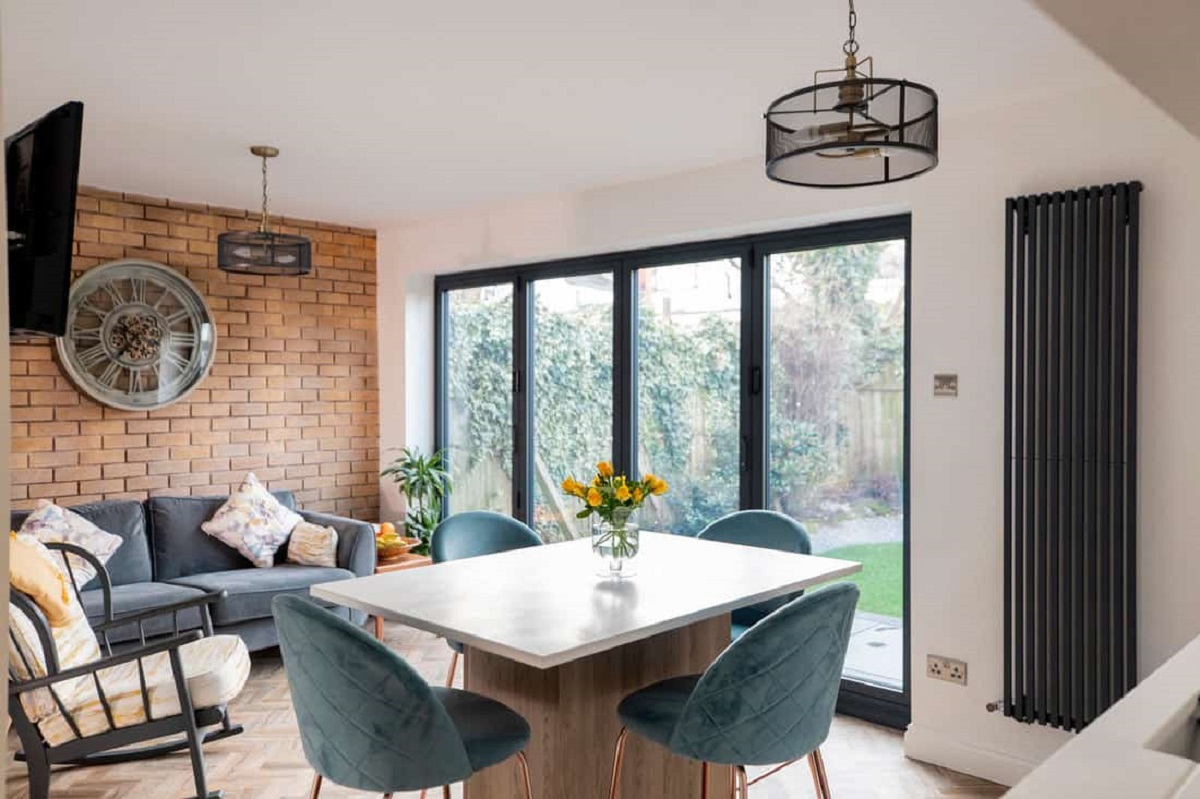

Tableware
Where To Place Dining Table In Living Room
Modified: October 28, 2024
Looking for the perfect spot to place your dining table in the living room? Explore practical ideas and expert tips to showcase your elegant tableware in style.
(Many of the links in this article redirect to a specific reviewed product. Your purchase of these products through affiliate links helps to generate commission for Storables.com, at no extra cost. Learn more)
Introduction
When it comes to the layout and design of a living room, one of the key elements to consider is the placement of the dining table. The dining table is not only a functional piece of furniture but also a centerpiece that brings people together for meals, conversations, and gatherings. Choosing the right location for the dining table can significantly impact the overall flow and aesthetics of the living room. In this article, we will explore various factors to consider when deciding where to place the dining table in the living room, as well as different placement options to suit your preferences and space limitations.
Finding the perfect spot for your dining table requires careful consideration of several factors, including the size and shape of the living room, proximity to the kitchen, accessibility, lighting, and overall ambience. It’s important to create a seamless and harmonious integration between the dining and living areas, while also maximizing functionality and visual appeal.
Let’s dive into the different factors that come into play when determining the ideal placement for your dining table in the living room.
Key Takeaways:
- Choose the placement of your dining table in the living room based on factors like proximity to the kitchen, flow, lifestyle, and aesthetics to create a harmonious and functional space for meals and gatherings.
- Consider the size, shape, lighting, and ambience when deciding where to place your dining table in the living room to create a visually appealing and inviting space for dining and socializing.
Read more: Where To Place A Dining Table
Factors to Consider
When deciding on the placement of your dining table in the living room, there are a few essential factors to consider:
- Proximity to the Kitchen: One of the primary considerations is the distance between the dining area and the kitchen. Placing the dining table close to the kitchen can make serving and cleaning more convenient. It ensures easy access to food and utensils, making meal preparation and serving a breeze.
- Flow and Accessibility: Another crucial factor is the flow and accessibility within the living room. You want to ensure that the dining table does not disrupt the natural movement throughout the space. It should be placed in a way that allows easy passage and doesn’t create obstacles or congestion in the room.
- Lifestyle and Functionality: Consider your lifestyle and how you plan to use the dining area. If you frequently entertain guests or have a large family, you may prefer a more open space around the dining table. On the other hand, if you have a smaller household or prefer a cozier setting, a tucked-away corner or intimate alcove might be more suitable.
- Aesthetics and Design: The placement of the dining table should harmonize with the overall design and aesthetics of your living room. It should complement the furniture and décor, creating a cohesive and visually appealing ambiance. Consider factors such as color coordination, style consistency, and the overall theme of the room.
- Natural Lighting: Lighting plays a vital role in creating a welcoming and comfortable dining experience. Consider the placement of windows and natural light sources in your living room. Placing the dining table near a window allows for an enjoyable view and ample natural light during meal times.
By carefully considering these factors, you’ll be better equipped to determine the most suitable placement for your dining table in the living room. Let’s explore some common placement options and their advantages.
Placement Options
Depending on the layout of your living room and your personal preferences, there are several placement options to choose from when it comes to positioning your dining table:
- Next to the Living Room Area: Placing the dining table next to the living room area creates a seamless transition between the two spaces. This arrangement allows for easy flow and interaction between those sitting at the dining table and those relaxing in the living space. It encourages conversations and a sense of togetherness.
- Close to the Kitchen: If convenience and functionality are your top priorities, consider placing the dining table close to the kitchen. This option is ideal if you frequently entertain guests or have a busy household, as it minimizes the distance between food preparation and serving. It also allows for easy communication with anyone in the kitchen while dining.
- Center of the Living Room: Placing the dining table in the center of the living room can create a striking focal point and make a bold design statement. This arrangement works best in spacious living rooms where there is ample room for the dining table to stand alone. It allows for a more formal and attention-grabbing setup.
- Against a Wall: If space is limited or you prefer a more intimate dining experience, consider placing the dining table against a wall. This arrangement maximizes space and provides a cozy corner for dining. It can also create a visually appealing backdrop, especially if there is artwork or a statement piece on the wall behind the table.
These placement options provide flexibility and cater to various preferences and room layouts. Keep in mind that the ideal placement ultimately depends on the size and shape of your living room, as well as your specific lifestyle and design preferences.
Next, let’s consider the importance of size and shape when it comes to choosing the perfect dining table placement.
Next to the Living Room Area
Placing the dining table next to the living room area is a popular choice for many homeowners. This placement option offers several advantages and creates a seamless connection between the two spaces.
One of the main benefits of placing the dining table next to the living room area is the ease of interaction and socialization. This arrangement allows those sitting at the dining table to engage in conversations with individuals in the living space. Whether you’re hosting a dinner party or simply enjoying a meal with your family, this setup promotes a sense of togetherness and creates a comfortable and inclusive atmosphere.
Having the dining table next to the living room area also enables efficient utilization of space. It maximizes the flow and functionality of the room, allowing for easy movement between the two areas. Additionally, it eliminates the need for separate dining and living spaces, making the overall design more open and versatile.
When it comes to aesthetics, placing the dining table next to the living room area creates visual harmony. You can coordinate the color scheme, furniture style, and overall design elements in a way that complements both areas. This cohesive approach enhances the overall ambiance of the living room, creating a unified and harmonious look.
It’s important to consider the size and layout of your living room when deciding to place the dining table next to the living area. Ensure that there is enough space for the dining table and chairs without overcrowding the living space. Depending on the available square footage, you can adjust the size and shape of the dining table to fit seamlessly into the room.
Overall, placing the dining table next to the living room area offers a practical and visually appealing solution. It promotes social interaction, optimizes space utilization, and enhances the overall aesthetics and functionality of your living room.
Next, let’s explore the option of placing the dining table close to the kitchen.
Close to the Kitchen
Placing the dining table close to the kitchen is a practical and convenient option that many homeowners prefer. This placement not only saves time and effort but also enhances the overall functionality of the space.
One of the key advantages of having the dining table close to the kitchen is the ease of serving and cleaning. It becomes effortless to set your table when the dining area is close to the kitchen, allowing for quick and effortless access to food, beverages, and utensils. This makes mealtime preparation and serving a breeze, especially when hosting guests or having a busy household.
In addition to convenience, placing the dining table close to the kitchen promotes seamless communication and interaction between those in the kitchen and those sitting at the table. Whether you’re cooking, baking, or simply having a casual conversation, having the dining area nearby allows for easy engagement and involvement of everyone in the space.
This placement option works particularly well for open-concept living spaces, where the kitchen seamlessly flows into the dining area. It creates a cohesive and harmonious layout, ensuring a smooth transition between the two areas.
When considering this placement, it’s important to ensure that there is enough space for movement and comfortable seating around the dining table. Take into account the size of your kitchen and the number of people you typically accommodate during meals. This will guide you in selecting an appropriately sized dining table that fits well within the available space.
Furthermore, consider the aesthetics and overall design of your kitchen when placing the dining table nearby. You can coordinate the color palette, materials, and styles to create a cohesive look that ties the two areas together.
In summary, placing the dining table close to the kitchen offers practicality, convenience, and a streamlined flow within your living space. It facilitates efficient serving and cleaning while promoting communication and interaction between the kitchen and dining areas.
Next, let’s explore the option of placing the dining table in the center of the living room.
Consider placing the dining table near the kitchen or against a wall to create a designated dining area within the living room. This will help define the space and make it feel more intentional.
Read more: Where To Place A Rug In A Living Room
Center of the Living Room
Placing the dining table in the center of the living room can create a captivating and visually striking focal point. This arrangement makes a bold design statement and adds a touch of elegance to your living space.
One of the key advantages of centering the dining table in the living room is the attention it commands. By placing the table at the center, it becomes a centerpiece that draws the eye and becomes the focal point of the room. This arrangement works exceptionally well in spacious living rooms, where there is ample room for the dining table to stand alone.
In addition to its visual appeal, having the dining table in the center of the living room promotes a balanced and symmetrical layout. It creates a sense of harmony and proportion in the space, enhancing the overall aesthetic appeal of the room. This arrangement also allows for easy access from all sides of the dining table, providing comfortable seating options for everyone.
When placing the dining table in the center of the living room, it’s essential to consider the size, shape, and design of the table. A larger, statement-worthy table works best for this arrangement, as it becomes a captivating feature in the room. You can also consider adding decorative accents such as a chandelier or pendant lights above the table to further enhance its visual impact.
However, it’s important to note that this placement option may not be suitable for all living room layouts. If space is limited, centering the dining table may cause congestion and disrupt the flow of the room. Therefore, it’s crucial to assess the available space before opting for this arrangement.
Placing the dining table in the center of the living room is a bold and sophisticated choice that brings elegance and style to your space. It creates a captivating focal point and adds a touch of grandeur to your living area.
Next, let’s explore the option of placing the dining table against a wall.
Against a Wall
Placing the dining table against a wall is a popular choice, especially in smaller living rooms or areas with limited space. This placement option offers both practicality and aesthetic appeal, making it a versatile option for many homeowners.
One of the main advantages of placing the dining table against a wall is the space-saving aspect. This arrangement allows you to maximize the available floor space, making it ideal for small living rooms or open-concept layouts where space is at a premium. By positioning the dining table against a wall, you create a cozy corner that utilizes the vertical space and creates a visually appealing alcove.
Another benefit of having the dining table against a wall is the ease of movement and accessibility. With one side of the table placed against the wall, it creates a clear path and ample space to move around the dining area. This is particularly advantageous when hosting gatherings or accommodating larger groups of people.
Placing the dining table against a wall also offers the opportunity to create an attractive backdrop. You can enhance the aesthetics by adding artwork, shelves, or a mirror on the wall behind the table. These decorative elements not only add visual interest but also make the dining area feel more inviting and personalized.
When choosing this placement option, consider the size and shape of your dining table and the available wall space. It’s important to ensure that the table is proportionate to the wall and doesn’t overwhelm the room. Additionally, you can add seating options such as benches or chairs that can easily be tucked in when not in use, further optimizing the space.
Overall, placing the dining table against a wall is a clever and practical choice, especially for smaller living rooms or areas with limited space. It maximizes the available floor space, provides easy accessibility, and allows for creative decorative opportunities.
Next, let’s explore the importance of size and shape when it comes to choosing the perfect dining table placement.
Size and Shape Considerations
When deciding on the placement of your dining table in the living room, it’s crucial to consider the size and shape of both the table itself and the available space.
The size of the dining table will depend on the number of people you typically accommodate during meals and the size of your living room. It’s essential to choose a table that provides enough seating without overcrowding the area. Leave sufficient space around the table for comfortable movement and seating. As a general rule, allow at least 36 inches (91 cm) of space between the edge of the table and the surrounding furniture or walls.
The shape of the dining table should also be taken into account when determining the placement. The most common shapes are rectangular, square, and round. Each shape has its own benefits and considerations:
- Rectangular: Rectangular dining tables are versatile and can fit well in different living room configurations. They provide ample surface area for dining and can accommodate more people. However, they tend to take up more space, so they are more suitable for larger living rooms.
- Square: Square dining tables are a great option for creating an intimate and cozy dining experience. They work well in smaller living rooms or for smaller households. Square tables can be placed against the wall or in the center of the room and provide a symmetrical look.
- Round: Round dining tables are excellent for optimizing space and creating a sense of inclusiveness. With no sharp corners, they promote smooth flow and conversation between diners. Round tables work well in smaller living rooms and can be placed near a window or in the center of the room to create a focal point.
Consider the shape, size, and layout of your living room when choosing the dining table. Aim for a balance between functionality and aesthetics, ensuring that the table is proportionate to the room and complements the overall design scheme.
It’s also important to remember that the chairs or seating options should be taken into consideration when determining the size and shape of the dining table. Make sure there is enough space for the chairs to be comfortably pulled in and out without causing any obstruction or inconvenience.
By carefully considering the size and shape of both the dining table and the available space, you can find the perfect balance that maximizes functionality and enhances the visual appeal of your living room.
Next, let’s explore the importance of lighting and ambience in choosing the placement of the dining table.
Lighting and Ambience
When determining the placement of your dining table in the living room, it’s crucial to consider the importance of lighting and the overall ambience of the space. Proper lighting can set the mood, enhance the dining experience, and create a welcoming atmosphere.
Natural lighting is always a desirable feature, so consider placing the dining table near a window to maximize the use of natural daylight during meal times. The soft, natural light not only illuminates the dining area but also creates a pleasant and inviting atmosphere for guests.
In addition to natural light, consider incorporating artificial lighting options to create a well-lit and visually appealing dining space. The use of pendant lights, chandeliers, or wall sconces above the dining table can provide both ambient and task lighting. These fixtures not only brighten the area but also serve as decorative elements that enhance the overall aesthetic of the living room.
When choosing lighting fixtures for the dining area, consider the size of the table and the height of the ceiling. Ensure that the lights are proportionate to the table and don’t cause visual imbalance. Dimmers can also be installed to adjust the lighting intensity according to the desired ambience and mood.
Aside from lighting, the overall ambience of the dining area can be enhanced through the use of decor elements. Consider incorporating plants, artwork, or a table centerpiece to add a touch of personality and create a cozy and inviting atmosphere. Selecting appropriate window treatments, such as curtains or blinds, can also control the level of light and provide privacy during meal times.
Lastly, be mindful of the color scheme, furniture, and materials in the living room. Choose a dining table and chairs that complement the existing decor and create a cohesive look. This will further enhance the overall ambience and aesthetics of the dining area.
By carefully considering lighting options and creating the right ambience, you can transform your dining area into a warm and inviting space that is perfect for gatherings, family meals, and entertaining guests.
Finally, let’s conclude with a summary of the key points discussed in this article.
Read more: Where To Place Bookshelf In Living Room
Conclusion
Choosing the right placement for your dining table in the living room is a crucial decision that can significantly impact the functionality, flow, and aesthetics of the space. By considering various factors such as proximity to the kitchen, flow and accessibility, lifestyle and functionality, aesthetics and design, and natural lighting, you can make an informed decision that suits your needs and preferences.
There are several placement options to choose from, including placing the dining table next to the living room area, close to the kitchen, in the center of the living room, or against a wall. Each option offers its own advantages, so it’s important to assess your living room layout and choose the placement that best suits your requirements.
Size and shape considerations are also important when it comes to choosing the perfect placement for your dining table. Ensure that you have enough space for comfortable seating and movement, while also considering the proportionality of the table to the overall room design.
Lighting and ambience play a key role in creating an inviting and enjoyable dining experience. Utilize natural lighting as much as possible and incorporate artificial lighting fixtures that provide both illumination and visual appeal. By selecting appropriate decor elements and considering the overall color scheme and materials in the living room, you can enhance the ambience and make the dining area a focal point of the space.
In conclusion, the placement of your dining table in the living room is a decision that requires careful consideration of various factors. By taking into account functionality, aesthetics, lighting, and ambience, you can create a dining area that seamlessly integrates with your living room while providing a comfortable and visually pleasing space for meals, conversations, and gatherings.
So, take the time to assess your living room and envision the perfect placement for your dining table. With the right placement, you can transform your living space into a harmonious blend of style, functionality, and warm hospitality.
Frequently Asked Questions about Where To Place Dining Table In Living Room
Was this page helpful?
At Storables.com, we guarantee accurate and reliable information. Our content, validated by Expert Board Contributors, is crafted following stringent Editorial Policies. We're committed to providing you with well-researched, expert-backed insights for all your informational needs.
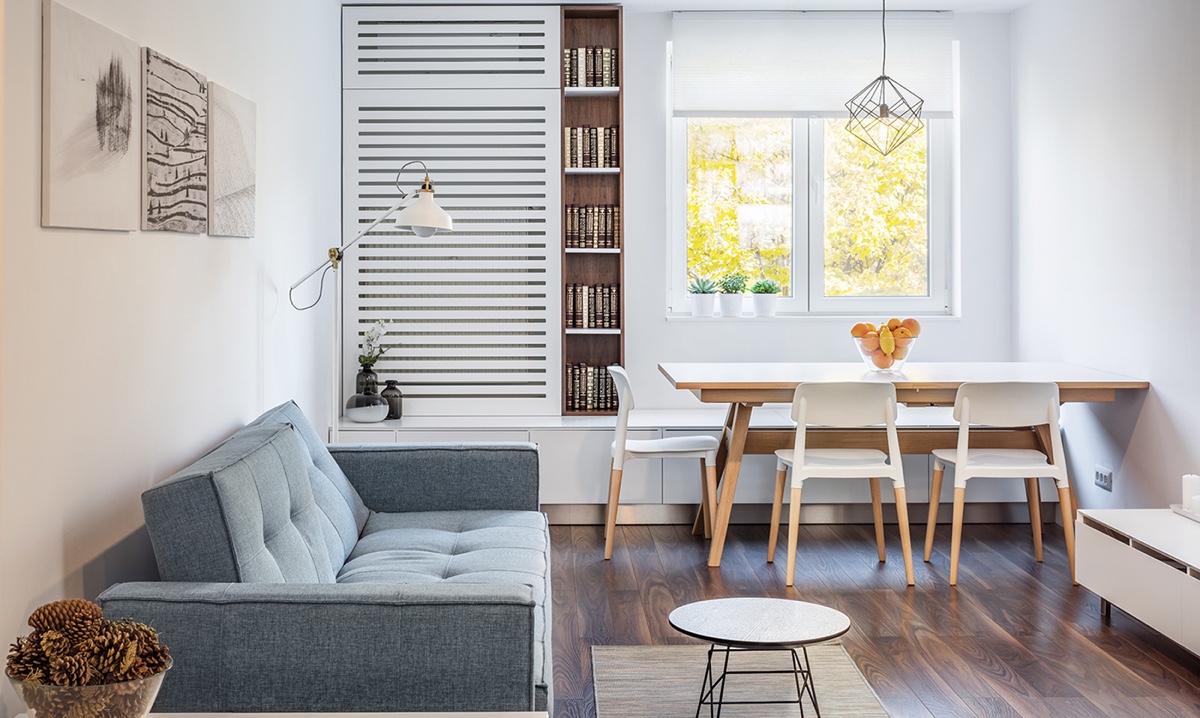
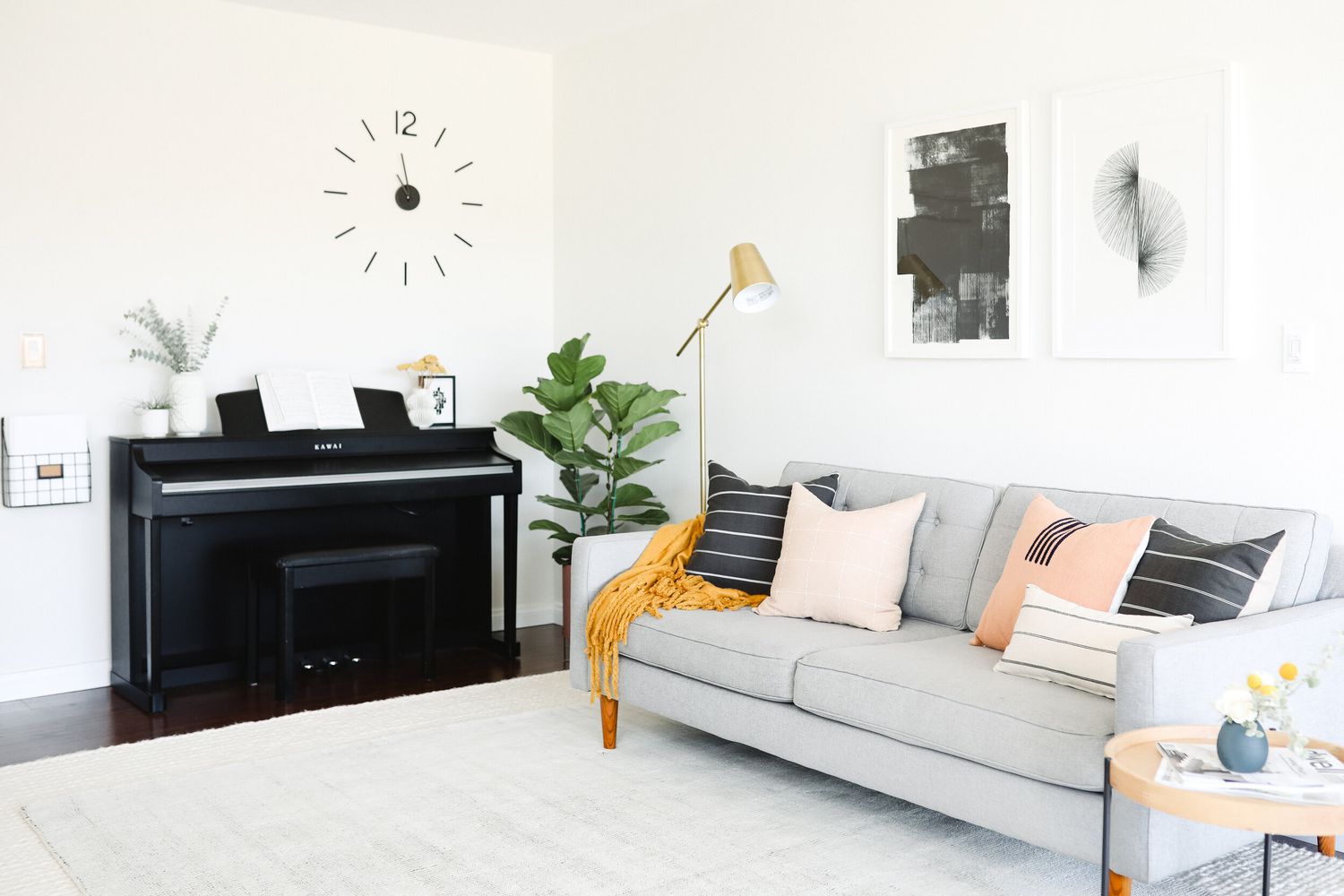
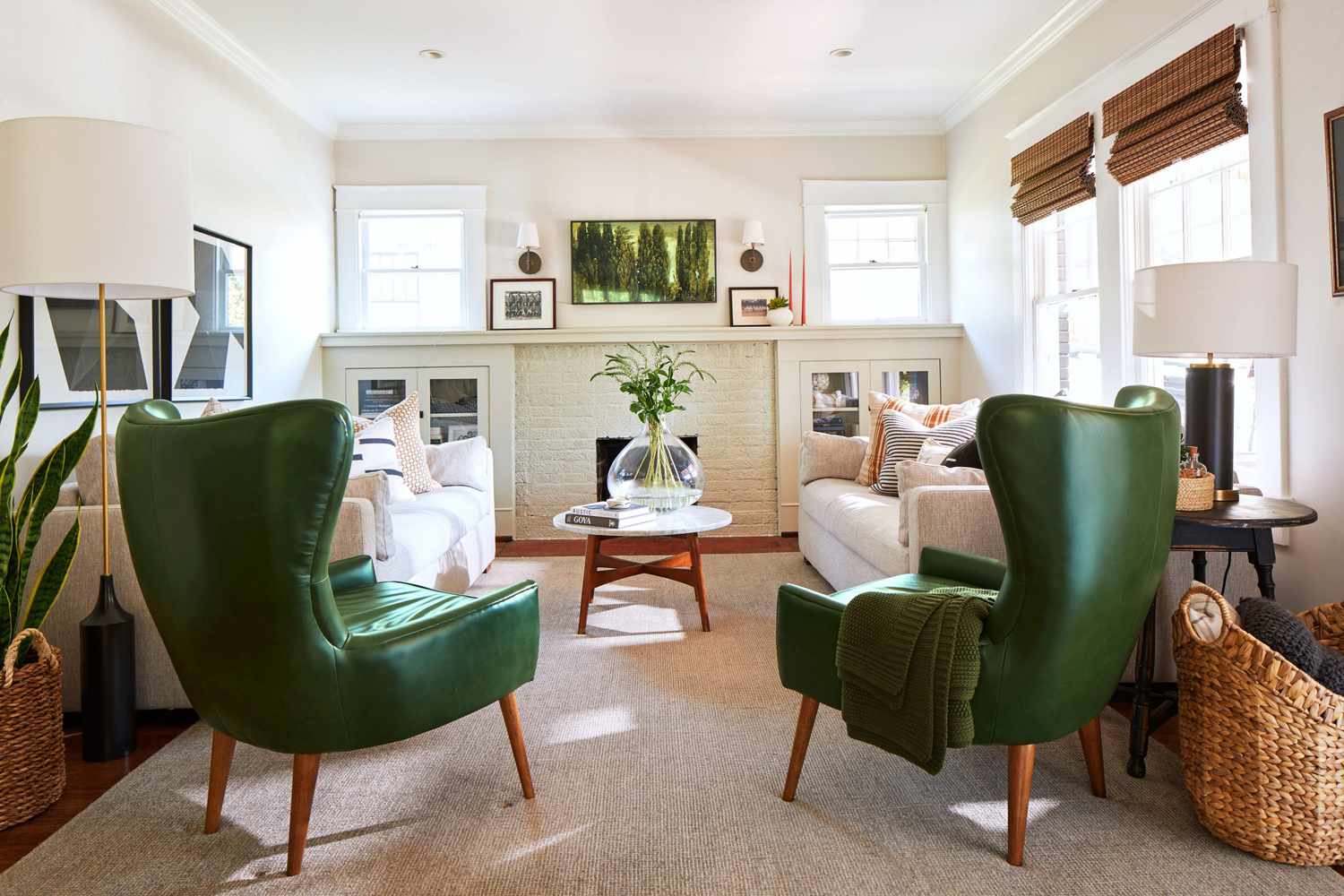

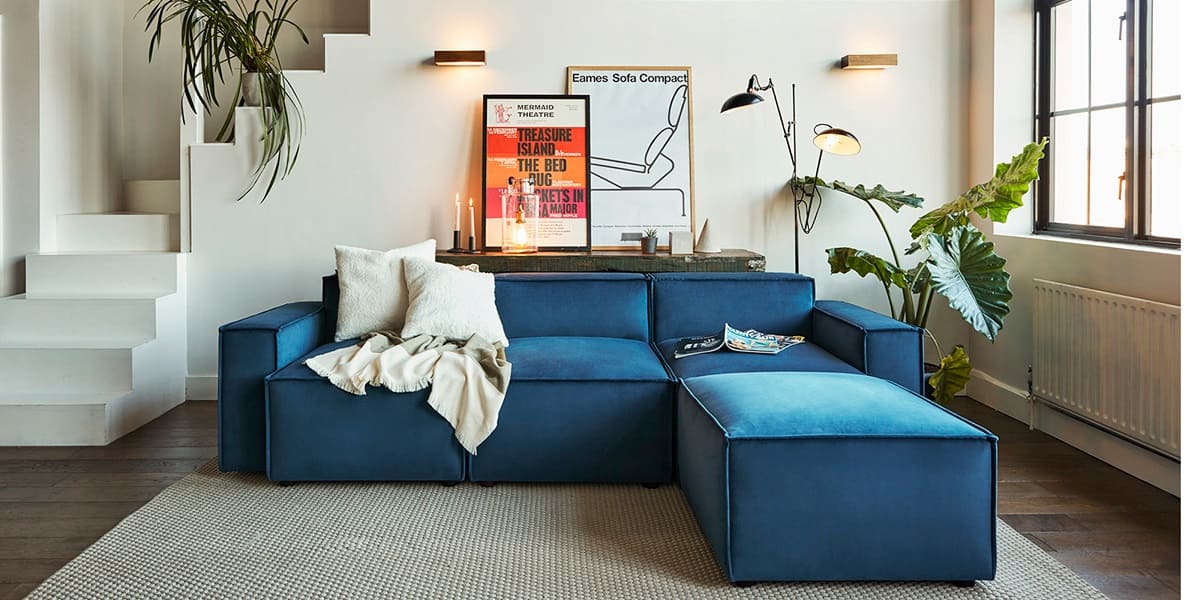
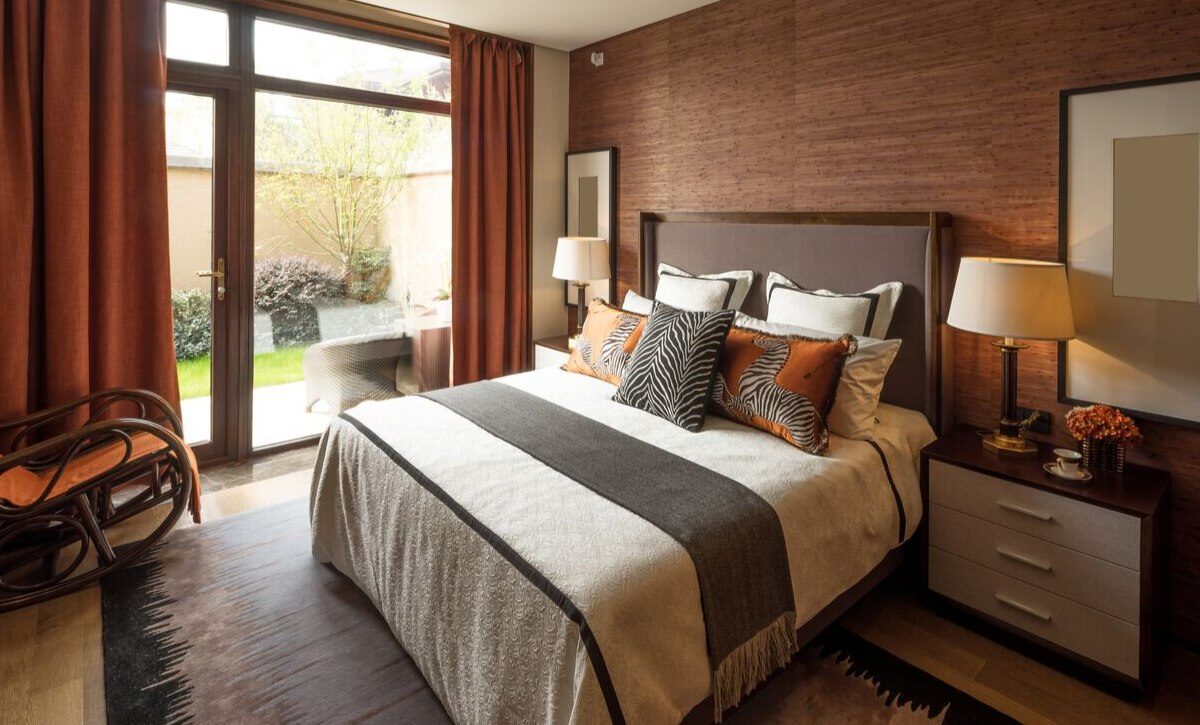
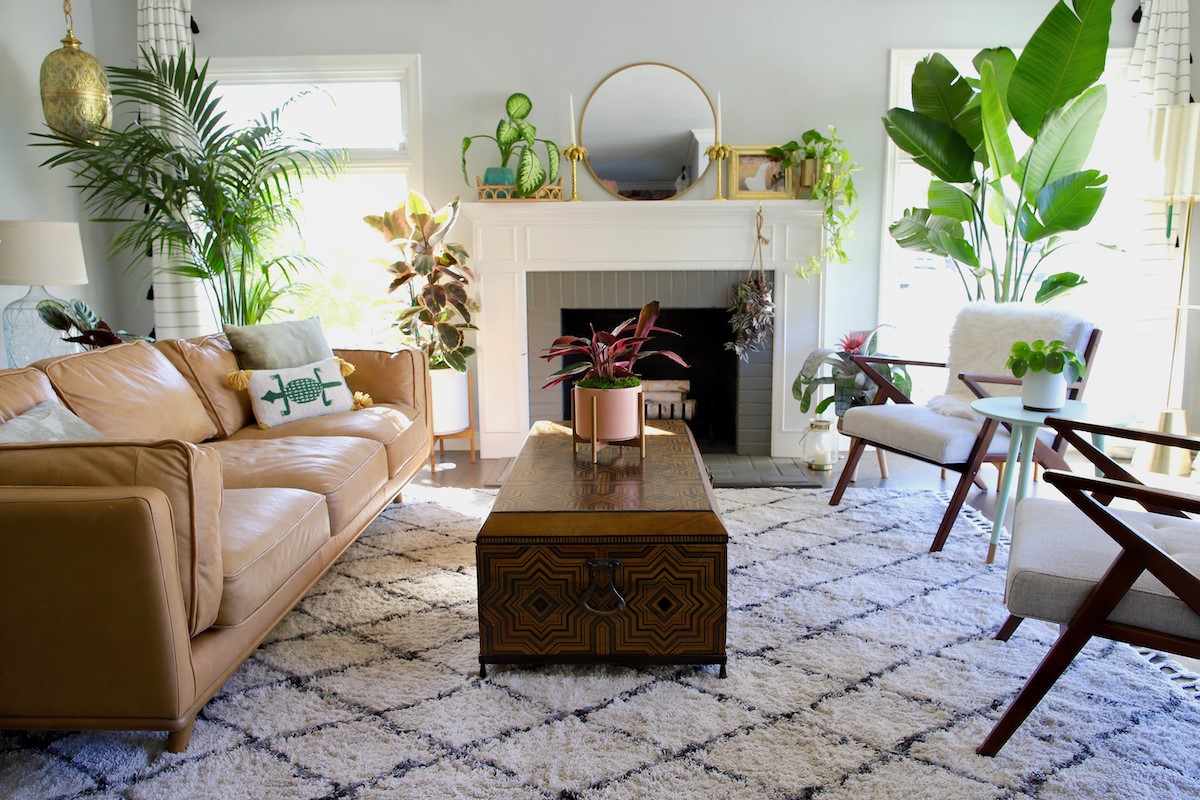
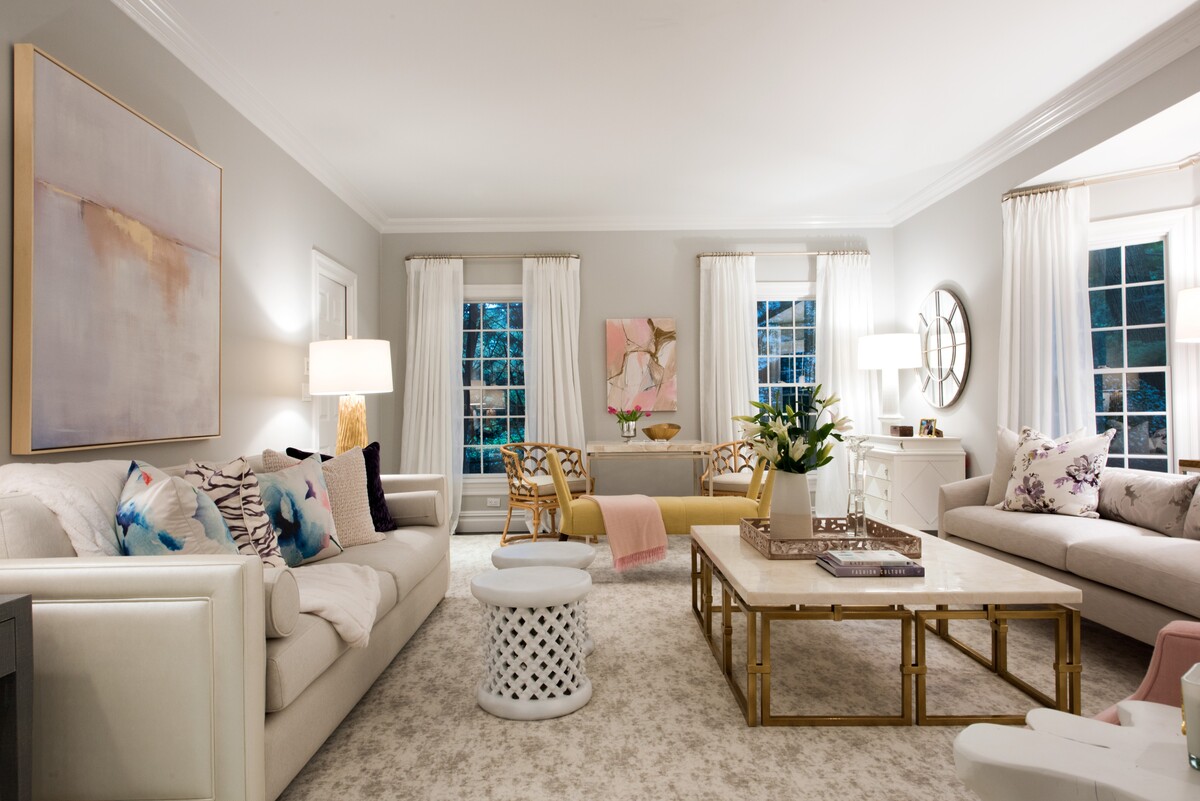
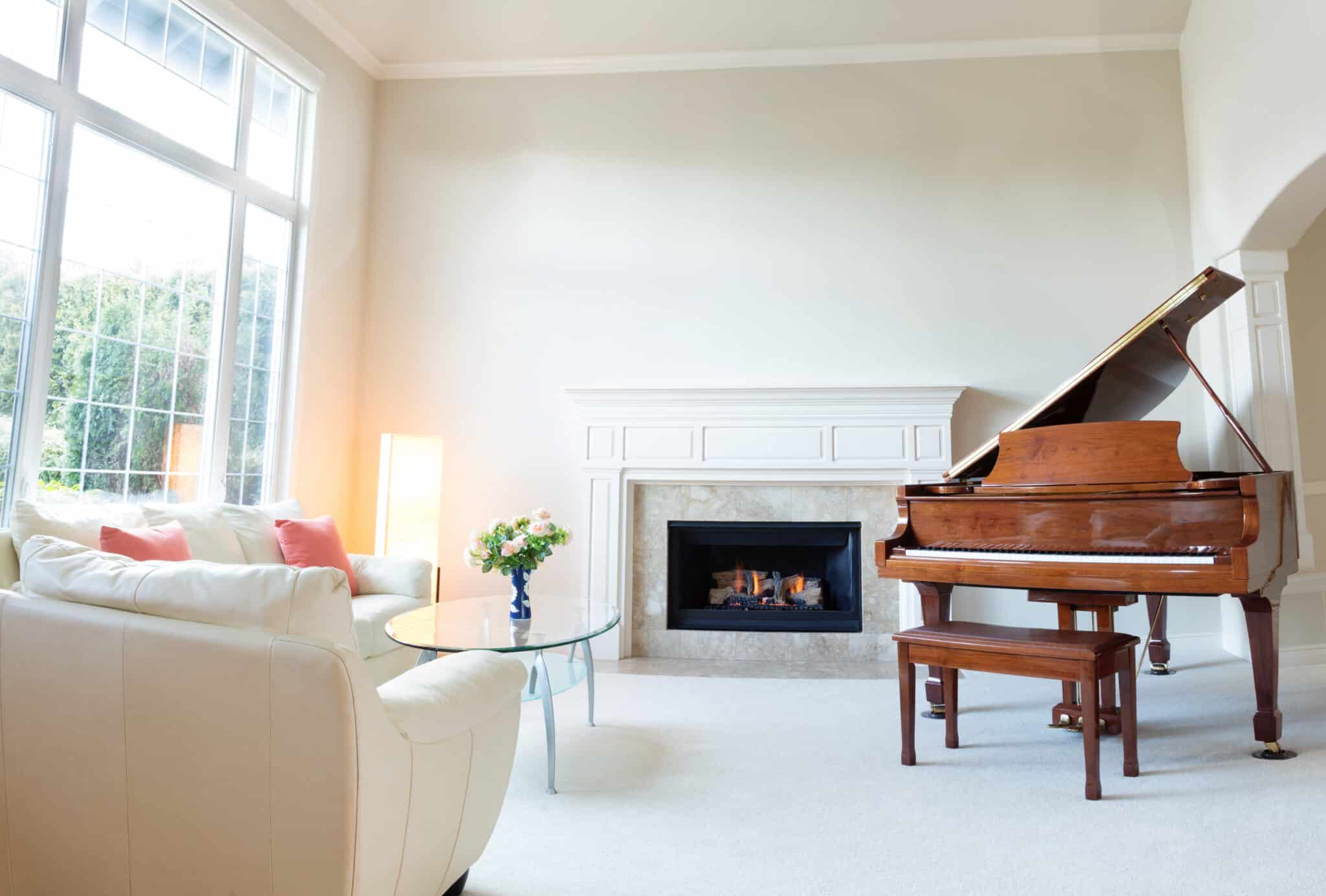
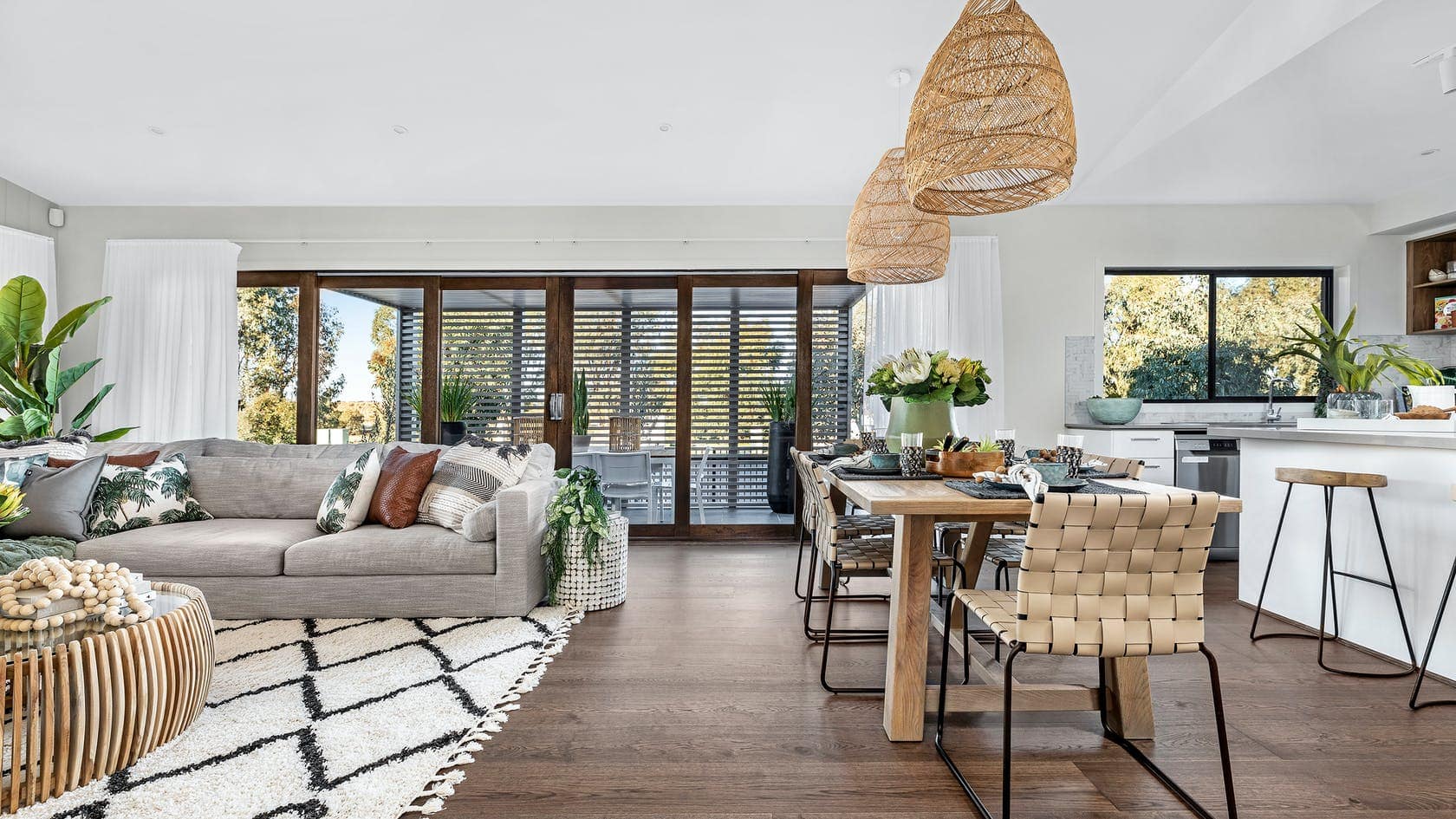


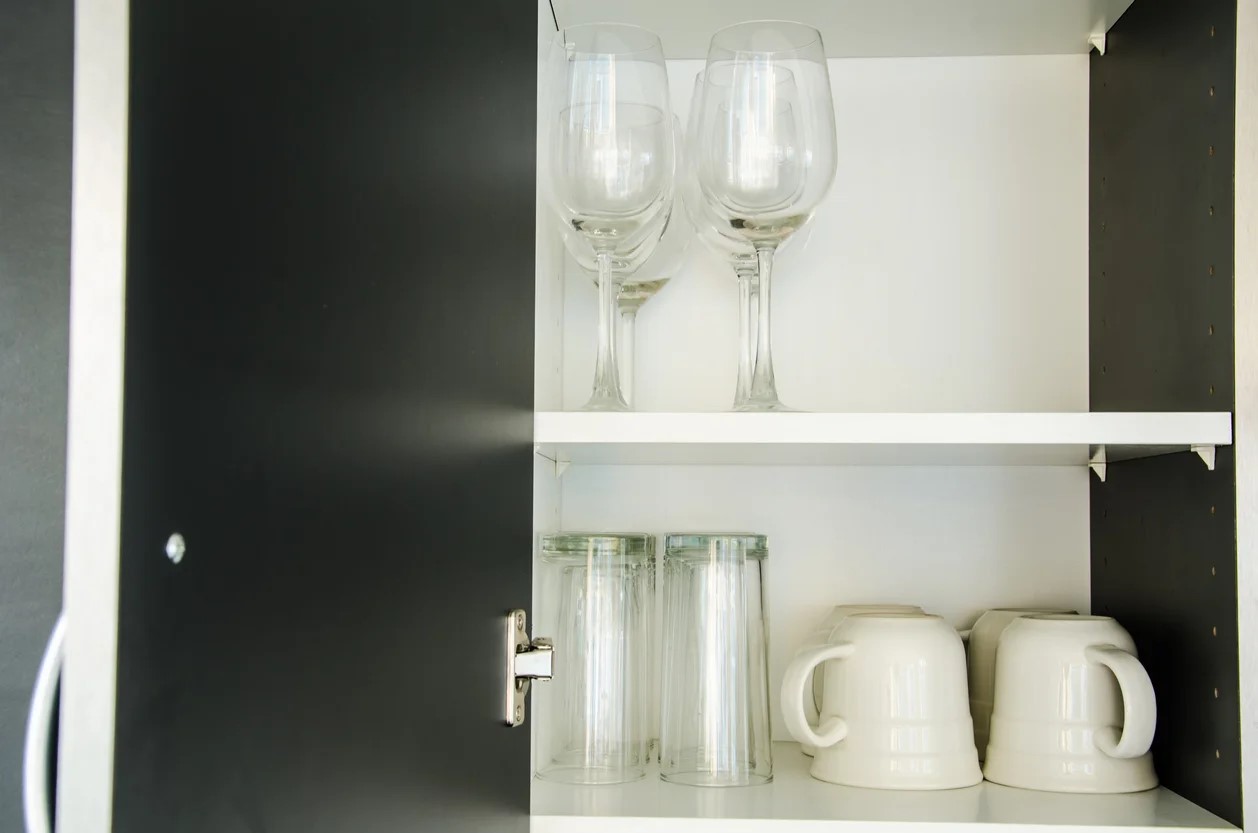

0 thoughts on “Where To Place Dining Table In Living Room”